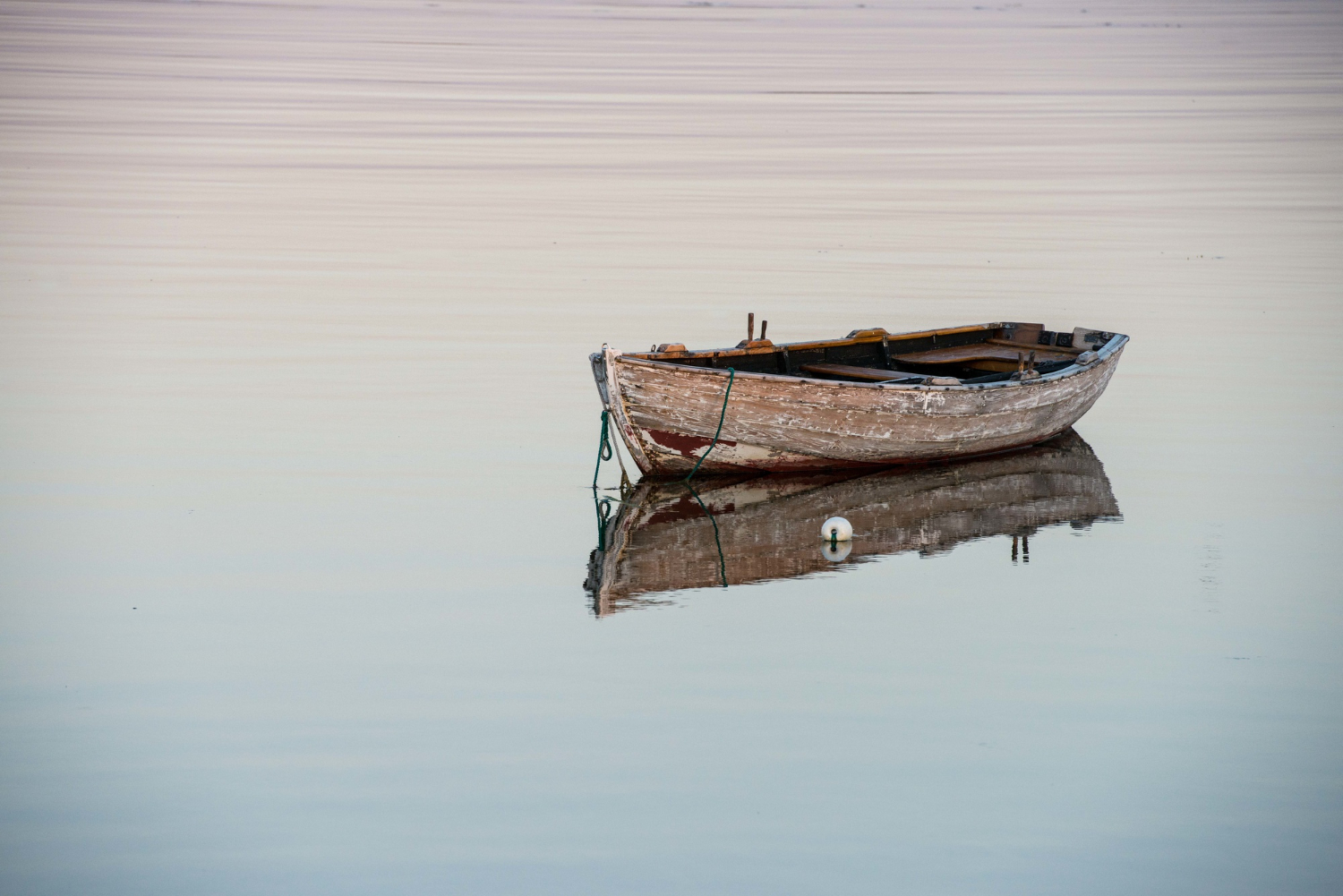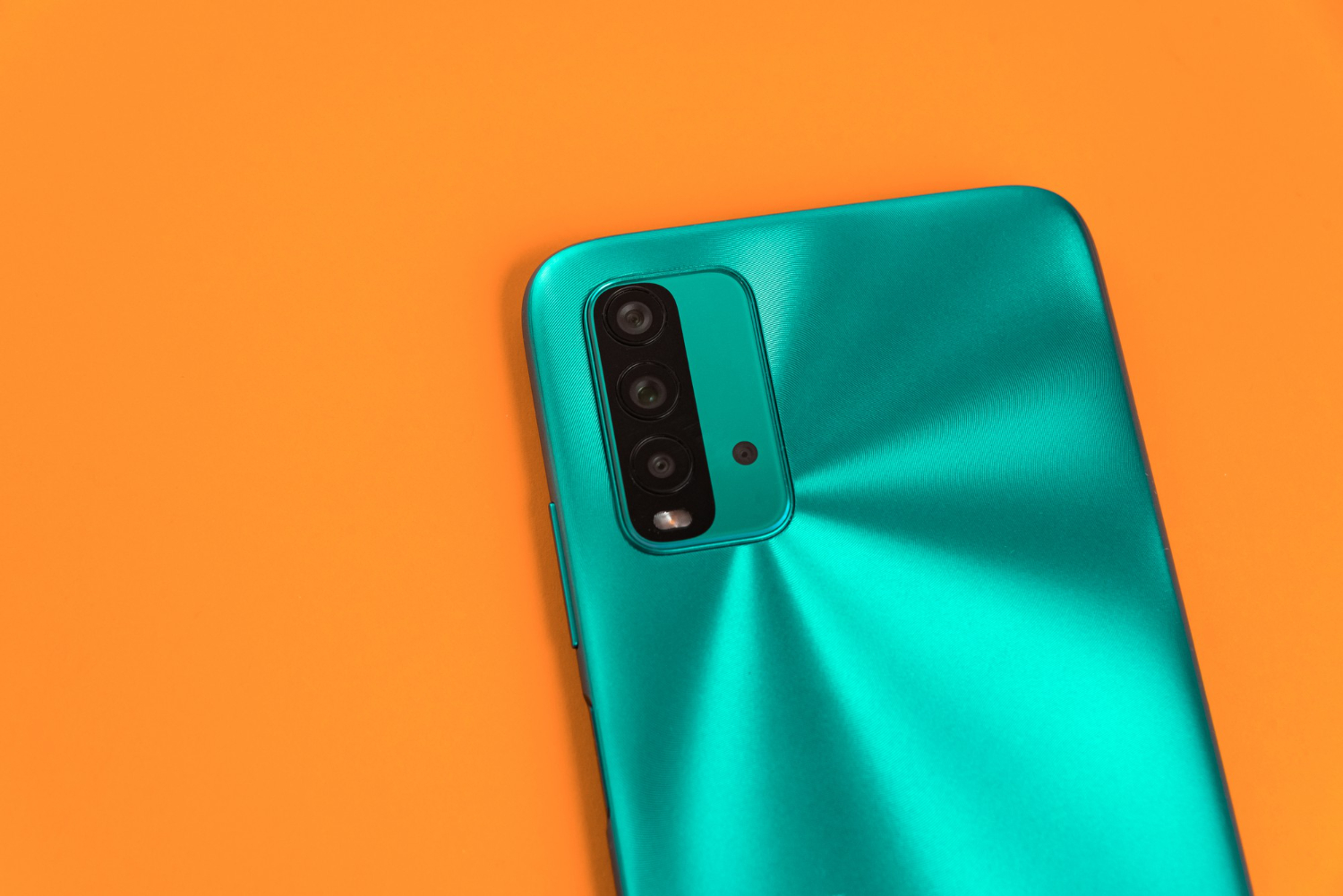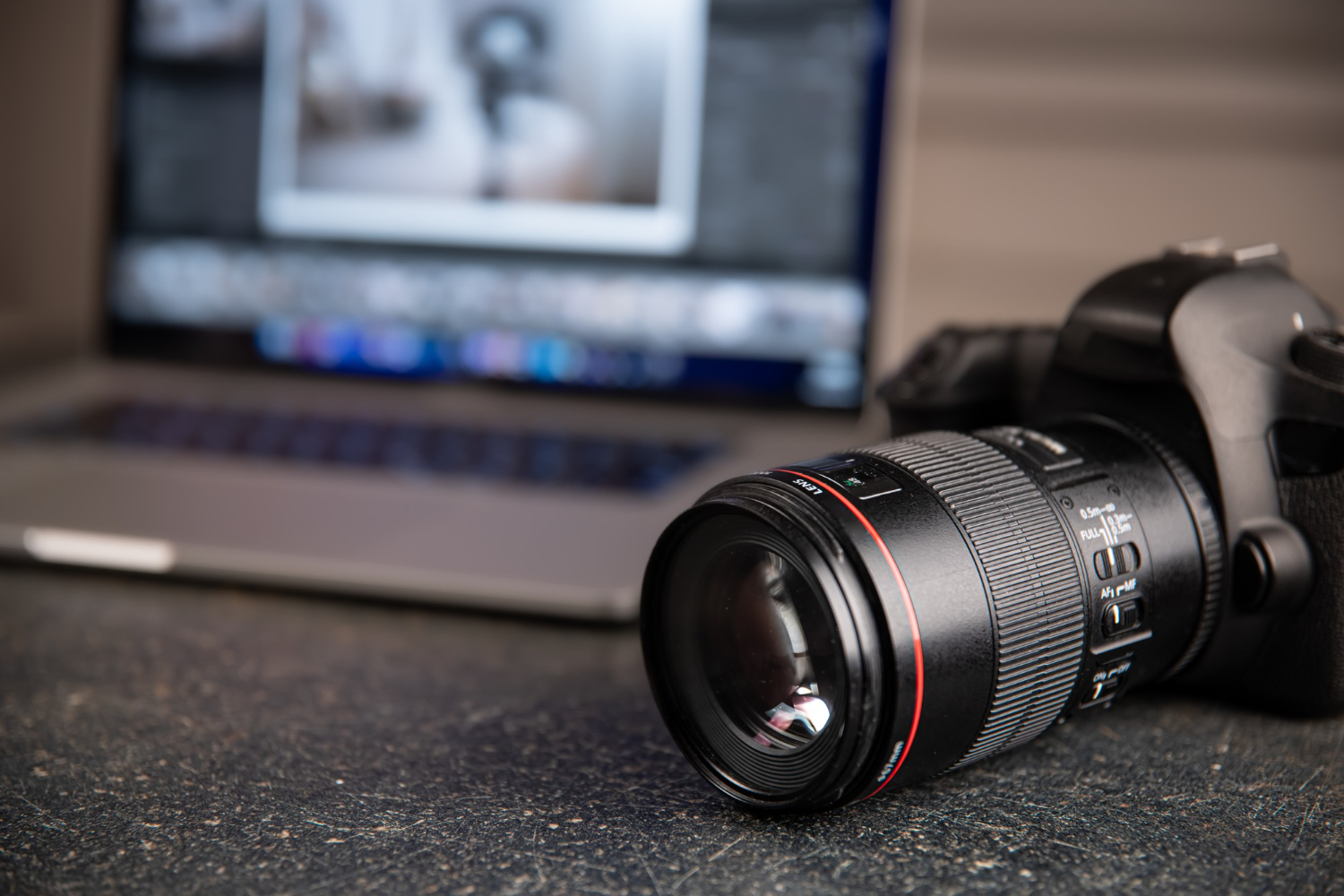Sometimes we are drawn to a work of art, or in this case a photograph, but when asked why we like it, we have no answer. Minimalist photography is a clear example of this.
- What is “minimalism”?
Minimalist art is a type of abstract art that is characterized by extreme simplicity and a deliberate lack of expressive content. Minimalist photography is actually part of the concept of minimalist art based on a clean style.
This type of photography is a challenge because the white space is important to emphasize the subject. The final photo is simple and plain, but when the photo is internalized, we are likely to understand the phrase “simplicity is beauty”.
In the art world, it is considered a very subjective concept, leaving the interpretation and meaning to the perception of the viewers of the work.
Some appreciate the open-ended nature of this idea, embracing freedom of interpretation, while others despise the lack of direction.
We can use some of the techniques of minimalism to increase the impact of our work.
Tips for minimalist photography
- Be in a zen state
If we are calm and relaxed and have time on our hands, the chances of getting a better picture increase. This can be said of many photographic works, but it is especially true of minimalism.
- Focus on a single topic
Let’s imagine a street full of people – doesn’t minimalism have a place there? Let’s think again and start seeing differently. A pigeon that has just landed, a bicycle, a shopping bag. These are examples of potential minimalist photography.
- Know when to use the blur and when to use the focus
A flower in a garden can be a minimalist subject if all other flowers are removed. Blur can be an effective way to create minimalism. A fast lens will be needed. An aperture of f1.8 to f1.2.
We may still need to use editing software to manipulate the background enough to call it minimalism. Focus is needed in large areas with a single subject, like a person walking on a beach.
- Don’t be afraid to use colors
We can choose contrasting or similar colors. Bright colors will make the pictures more impressive and the subject will stand out from the background. At the same time, choosing different shades of the same color can also give good results.
- Eliminate unnecessary elements
If we think there are distractions in the plans, we move them. And if we can’t move them, then we reframe or eliminate them. All attention must be directed to the main subject.
- The rules of composition still apply
The rule of thirds, main lines, space for moving subjects, etc. are still valid.
- Pay attention to the background
Backgrounds should be chosen carefully, plain and without distracting elements.



